Blog
Jewellok is a professional pressure regulator and valve manufacturer and supplier.
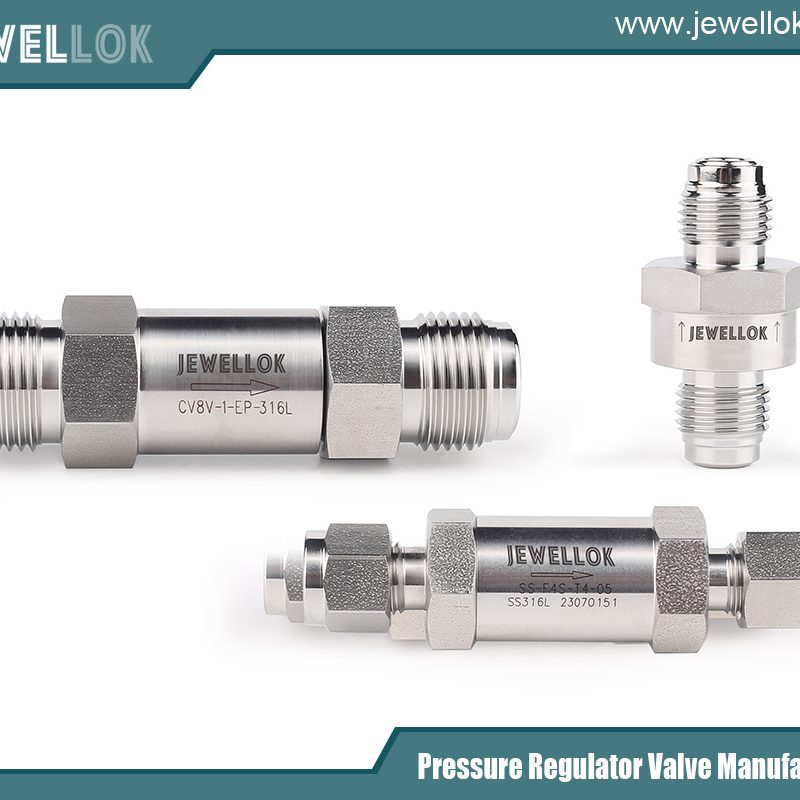
Stainless Steel Tube Fittings: Essential Components for Fluid and Gas Systems
- Pressure Regulator Valve Manufacturer
- 316 SS ball valves manufacturer, Air Compressor Check Valve, Back Pressure Regulating Valve, back pressure regulator manufacturers, Brass Pressure Regulator, Changeover Manifold, China 316 Stainless Steel Tube Fittings Manufacturer, Diaphragm Valve Manufacturers, Double Block and Bleed valve manufacturers, Flexible Hose Tubing, Gas Flow Meter, gas pressure regulator valve manufacturer and supplier in france, Gas Pressure Test Gauge, Gas Solenoid Valve, high flow uhp gas pressure regulators in italy, high pressure diaphragm valve supplier in mexico, high pressure gas cylinder regulator supplier in thailand, high pressure gas valve supplier in canada, high pressure nitrogen gas regulator companies in uk, high purity gas pressure regulators manufacturer in usa, high purity valves manufacturers, hydrogen gas pressure regulator supplier in indonesia, Medical Oxygen Regulatorpressure reducing valve manufacturers in india, Pneumatic Pressure Control Valve, pressure control valves manufacturers and supplier in spain, pressure gauge manufacturers, pressure reducing valve manufacturers and supplier in china, single stage high pressure gas regulators in india, single stage high pressure gas regulators supplier in vietnam, specialty gas pressure regulator manufacturer in germany, ss diaphragm valve manufacturers, Stainless Steel Ball Valve, Stainless Steel Diaphragm Valve, Stainless Steel Diaphragm Valve Manufacturer, Stainless Steel Needle Valve, Stainless Steel Pressure Reducing Valve Manufacturer in Russia, Stainless Steel Pressure Regulator, Stainless Steel Tube Fittings, Stainless Steel Tube Fittings Manufacturer, Stainless Steel Tube Fittings Supplier, uhp 316l stainless steel gas pressure regulators manufacturer in thailand, Ultra High Purity Coaxial Stainless Steel Tube Fittings, ultra low pressure nitrogen regulator manufacturer in turkey, Water Solenoid Valve
- No Comments
Stainless Steel Tube Fittings: Essential Components for Fluid and Gas Systems
In the intricate world of industrial piping and fluid management, stainless steel tube fittings stand out as vital components that ensure seamless connectivity, durability, and efficiency. These fittings are engineered to connect, redirect, or terminate tubing systems, playing an indispensable role in industries ranging from oil and gas to food processing. Stainless steel, renowned for its corrosion resistance and strength, elevates these fittings above alternatives, making them a preferred choice where reliability is non-negotiable.The significance of stainless steel tube fittings lies in their ability to perform under challenging conditions—high pressures, extreme temperatures, and corrosive environments—while maintaining system integrity. This article delves into the multifaceted aspects of stainless steel tube fittings, exploring their types, material properties, applications, installation techniques, maintenance practices, advantages, disadvantages, and the standards that govern their use. Whether you’re an engineer, a procurement specialist, or simply curious about industrial components, this guide offers a detailed look at why these fittings are a cornerstone of modern infrastructure.

- What Are Stainless Steel Tube Fittings?
Stainless steel tube fittings are mechanical devices designed to join, adapt, or seal sections of tubing in fluid or gas systems. Unlike pipe fittings, which cater to larger-diameter pipes, tube fittings are tailored for smaller-diameter tubing, offering precise and secure connections. Crafted from stainless steel—an alloy of iron, chromium, and often nickel—these fittings are celebrated for their resistance to rust, oxidation, and wear, ensuring longevity even in harsh conditions.Their primary roles include:
- Connecting: Forming leak-proof joints between tubing sections.
- Redirecting: Enabling changes in flow direction, such as bends or branches.
- Adapting: Transitioning between different tube sizes or shapes.
- Terminating: Closing off tube ends to halt fluid or gas flow.
Available in various designs and configurations, stainless steel tube fittings cater to diverse system requirements, making them versatile tools in industrial applications.
- Types of Stainless Steel Tube Fittings
Stainless steel tube fittings come in several varieties, each suited to specific installation methods and operational needs. Below are the most common types:
- Compression Fittings
Compression fittings are popular for their simplicity and reliability. They consist of a fitting body, a nut, and a ferrule (a ring that compresses around the tube). Tightening the nut forces the ferrule to grip the tube, creating a tight seal without welding or soldering.
- Key Features: Easy to install and disassemble, reusable.
- Uses: Common in low to medium-pressure systems like hydraulic lines, pneumatic systems, and instrumentation.
- Threaded Fittings
Threaded fittings feature male or female threads, allowing them to be screwed onto corresponding threaded tubes or pipes. They are ideal for systems requiring frequent maintenance or reconfiguration.
- Key Features: Simple installation, no permanent bonding required.
- Uses: Found in plumbing, gas distribution, and industrial fluid systems.
- Welded Fittings
Welded fittings are permanently fused to tubing via welding, offering unmatched strength and leak resistance. They excel in high-pressure or high-temperature environments where durability is critical.
- Key Features: Robust, permanent connection.
- Uses: Prevalent in oil and gas pipelines, chemical plants, and power generation facilities.
Additional types, such as push-to-connect, flare, and bite-type fittings, also exist, each providing specialized solutions for unique applications. This variety ensures that stainless steel tube fittings can meet virtually any system demand.
- Material Properties of Stainless Steel
The choice of stainless steel for tube fittings is driven by its exceptional material properties, which include:
- Corrosion Resistance
Stainless steel’s high chromium content (typically 10-20%) forms a protective chromium oxide layer on its surface, shielding it from rust and corrosion. This property is invaluable in environments exposed to moisture, chemicals, or saltwater.
- Strength and Durability
With excellent tensile strength, stainless steel tube fittings can endure significant mechanical stress and pressure. Their durability translates to a prolonged service life, reducing replacement costs and downtime.
- Temperature Resistance
Stainless steel retains its structural integrity across a broad temperature spectrum—from cryogenic lows to extreme highs—making it suitable for diverse applications, such as refrigeration or steam systems.
- Hygienic Properties
Its smooth, non-porous surface resists bacterial adhesion and is easy to sanitize, a critical factor in industries like food processing and pharmaceuticals.These attributes collectively make stainless steel an ideal material for tube fittings, balancing performance with practicality.
- Applications of Stainless Steel Tube Fittings
The versatility of stainless steel tube fittings is reflected in their widespread use across industries. Here are some key sectors where they shine:
- Oil and Gas Industry
In oil and gas operations, stainless steel fittings are integral to pipelines, refineries, and offshore rigs. Their ability to resist corrosion from hydrocarbons and withstand high pressures ensures safe and efficient transport of oil and gas.
- Chemical Processing
Chemical plants rely on these fittings to manage corrosive substances and maintain system reliability. Their resistance to chemical degradation makes them a staple in reactors, storage tanks, and transfer lines.
- Food and Beverage Industry
The sanitary nature of stainless steel makes it perfect for food and beverage processing. Tube fittings facilitate the movement of liquids, gases, and semi-solids, ensuring contamination-free production.
- Pharmaceutical Industry
In pharmaceuticals, where hygiene and precision are paramount, stainless steel fittings are used in systems producing drugs, vaccines, and sterile solutions.
- Water Treatment
Water treatment facilities employ these fittings for their resistance to corrosion from chlorinated water and treatment chemicals, ensuring clean and safe water distribution.
- HVAC Systems
Heating, ventilation, and air conditioning systems use stainless steel fittings to handle refrigerants and fluids, leveraging their temperature resilience and durability.These applications highlight the critical role stainless steel tube fittings play in supporting industrial operations worldwide.
- Installation and Maintenance of Stainless Steel Tube Fittings
To maximize their performance and lifespan, stainless steel tube fittings require proper installation and maintenance.
5.1 Installation
- Compression Fittings: Cut the tube squarely, remove burrs, insert it into the fitting, and tighten the nut to compress the ferrule. Verify the seal with a leak test.
- Threaded Fittings: Apply thread sealant or tape to the male threads, screw the fitting onto the tube, and tighten to the specified torque.
- Welded Fittings: Clean the surfaces, align the tube and fitting, and weld using appropriate techniques (e.g., TIG welding) for a strong joint.
5.2 Maintenance
- Inspection: Routinely examine fittings for wear, corrosion, or damage, particularly in high-stress areas.
- Cleaning: Use suitable cleaners to remove debris or contaminants that could compromise performance.
- Leak Checks: Test for leaks periodically with soapy water or detectors, addressing issues immediately.
Adhering to these practices ensures that stainless steel tube fittings remain reliable and efficient over time.
- Advantages and Disadvantages of Stainless Steel Tube Fittings
While stainless steel tube fittings offer significant benefits, they also have limitations. Here’s a balanced look:
6.1 Advantages
- Corrosion Resistance: Thrives in harsh environments, minimizing maintenance needs.
- Strength: Handles high pressures and stresses effectively.
- Temperature Tolerance: Performs well in extreme conditions.
- Hygienic: Ideal for sanitary applications due to its cleanability.
- Aesthetic: Offers a polished, professional appearance.
6.2 Disadvantages
- Cost: More expensive than alternatives like plastic or brass, impacting initial budgets.
- Weight: Heavier than materials like aluminum, potentially a drawback in lightweight designs.
- Compatibility Issues: May require specific grades (e.g., 316 stainless steel) for highly acidic or alkaline conditions.
For most applications, the benefits outweigh the drawbacks, particularly where durability and safety are priorities.
- Standards and Regulations for Stainless Steel Tube Fittings
Stainless steel tube fittings must comply with stringent standards to ensure safety and performance.
Key regulations include:
- ASTM International: Defines material and manufacturing standards for consistency and quality.
- ASME B31.3: Governs piping system design, including tube fittings, in process industries.
- ISO Standards: Sets global benchmarks for dimensions, materials, and performance.
- FDA Compliance: Ensures fittings meet hygiene requirements for food, beverage, and pharmaceutical use.
Adherence to these standards guarantees that fittings are safe, compatible, and effective in their intended applications.

- Conclusion
Stainless steel tube fittings are more than just connectors—they are the backbone of countless industrial systems, delivering reliability, durability, and versatility. From withstanding the corrosive forces of chemical plants to maintaining purity in food production, these fittings prove their worth across diverse sectors. Their unique combination of strength, corrosion resistance, and adaptability ensures they remain a top choice for engineers and designers worldwide.By understanding their types, properties, and proper handling, industries can harness the full potential of stainless steel tube fittings, enhancing system performance and safety. As technology advances and industrial demands grow, these fittings will continue to play a pivotal role in shaping a resilient and efficient future.
For more about the stainless steel tube fittings: essential components for fluid and gas systems, you can pay a visit to Jewellok at https://www.jewellok.com/ for more info.
Recent Posts
Which Gas Pressure Regulator is Best for Laboratory Use?
Complete Guide to Choosing the Best High Pressure Nitrogen Gas Regulator
Top 10 Gas Regulator Valve Manufacturers in China 2025
Tags
Recommended Products
-
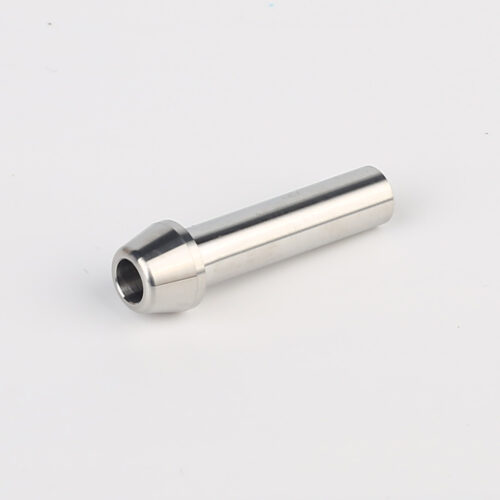
767LP Port Connector Ultra High Purity VCR Metal Gasket Face Seal Tube Fittings
-

Clean Connection Cabinet JW-300-CCB Valve Manifold Box And Control Valve Box
-
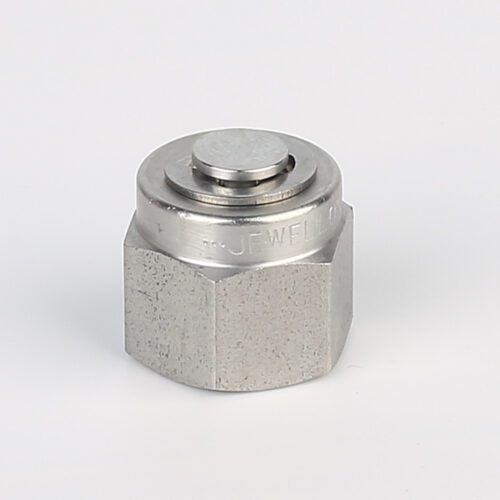
7121L Plug High Purity Plug Fitting And Blanking Plug
-
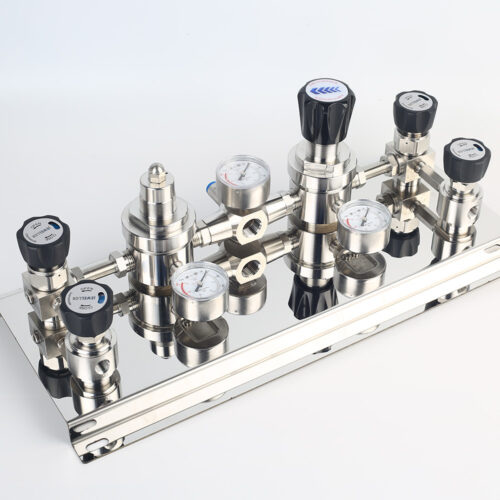
Stainless Steel Single Stage Semiconductor Grade Pressure Control Module Pressure Control Panels JSP-6A Series
-
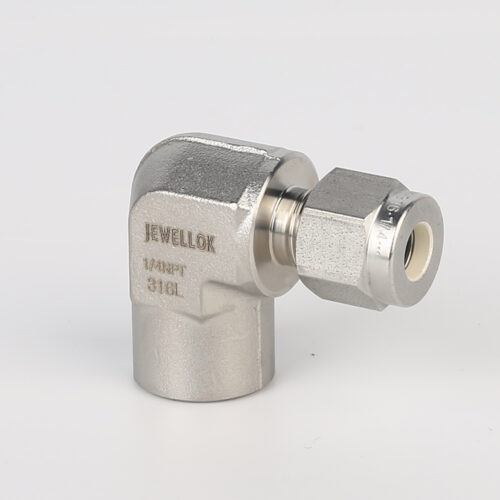
770L Female Elbow | Stainless Steel High Purity Weld Fittings Female Micro Elbow Fittings
-

Semi Automatic Oxygen Nitrogen Helium Argon Gas Changeover Manifold Manual Gas Changeover Manifold Panel For Gas Cylinders
-
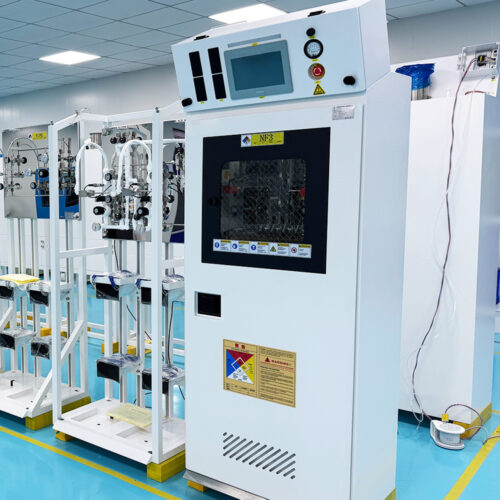
Semi Automatic Gas Cabinet Gas Panels High Purity Gas Delivery Systems JW-200-GC
-
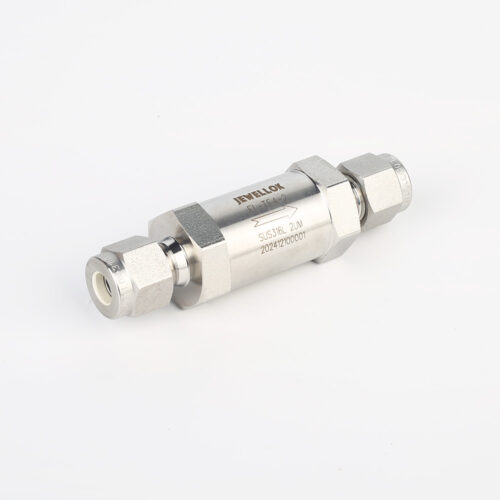
JF Series In-Line Gas Filters | High Purity High Precision High Flow Semiconductor Gas Filter Gas Filtration & Purification